
on the morning of Oct. 8, Santa Rosa City Schools board president Jenni Klose awoke to the smell of thick smoke that stung her eyes. Alarmed, she made sure her house wasn’t on fire then walked to her second-floor porch to see what was going on. From that vantage point, she could see a raging fire about two-and-a-half miles away. Given the scope and proximity of the flames, she knew this was not a simple brush fire. Klose turned on the radio to gather information, then texted her fellow school board members and the district superintendent.
by Hugh Biggar


on the morning of Oct. 8, Santa Rosa City Schools board president Jenni Klose awoke to the smell of thick smoke that stung her eyes. Alarmed, she made sure her house wasn’t on fire then walked to her second-floor porch to see what was going on. From that vantage point, she could see a raging fire about two-and-a-half miles away. Given the scope and proximity of the flames, she knew this was not a simple brush fire. Klose turned on the radio to gather information, then texted her fellow school board members and the district superintendent.
by Hugh Biggar

on the morning of Oct. 8, Santa Rosa City Schools board president Jenni Klose awoke to the smell of thick smoke that stung her eyes. Alarmed, she made sure her house wasn’t on fire then walked to her second-floor porch to see what was going on. From that vantage point, she could see a raging fire about two-and-a-half miles away. Given the scope and proximity of the flames, she knew this was not a simple brush fire. Klose turned on the radio to gather information, then texted her fellow school board members and the district superintendent.
by Hugh Biggar
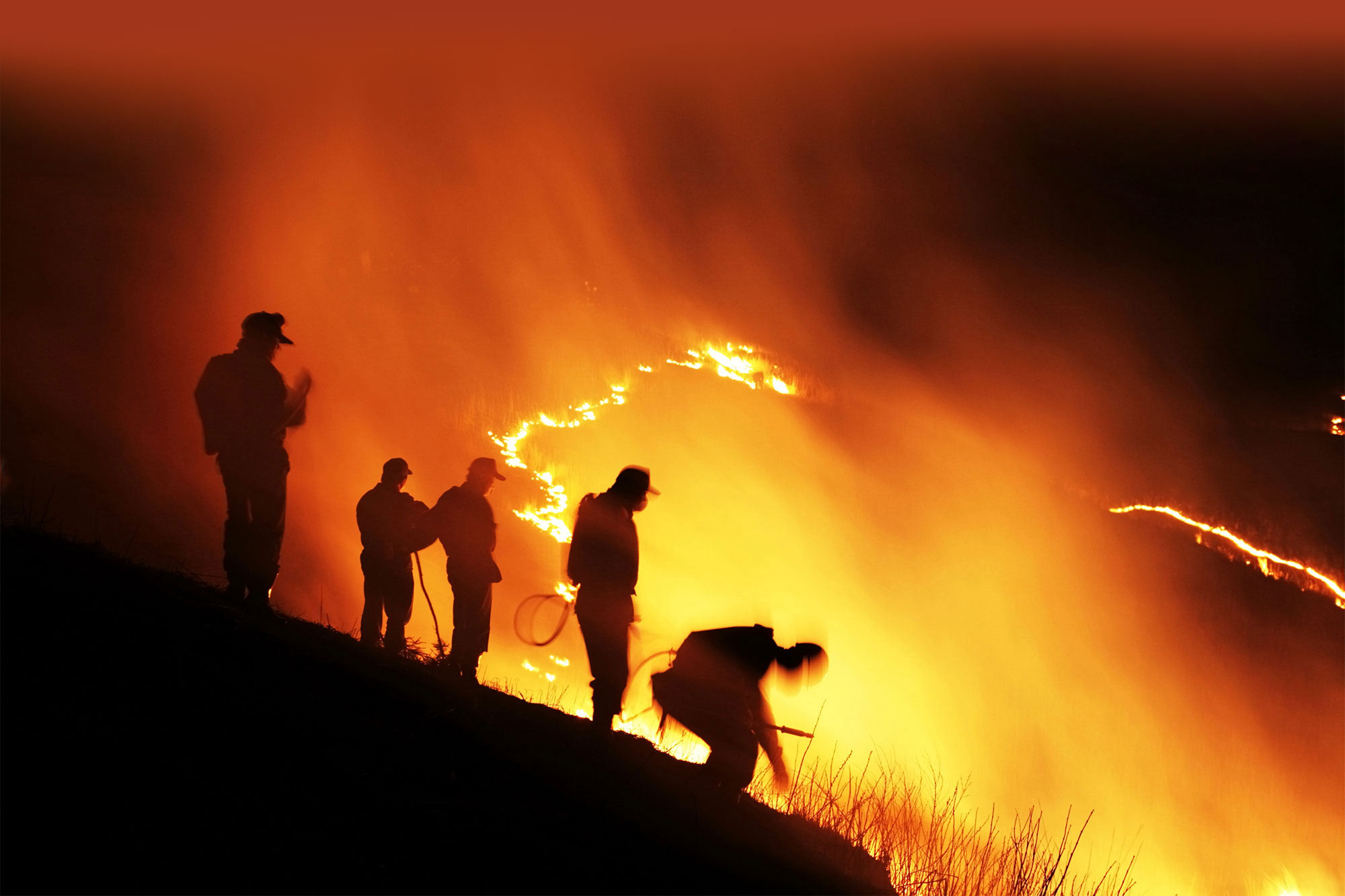
An emergency alert had awakened Santa Rosa City Schools Superintendent Diann Kitamura that morning. She was racing home from an out-of-town trip when she received Klose’s text. The messages all shared the same information — multiple wildfires had broken out across Sonoma County and were rapidly spreading under windy, dry conditions.
Driving north on Highway 101 through Marin County and Petaluma, Kitamura passed heavy traffic fleeing south and smelled smoke in the air. As she approached Santa Rosa, flames from wildfires charred nearby hillsides. Already she had contacted her staff, board members and law enforcement.
Meanwhile, Klose had evacuated her own home and went to her parents’ house a few miles west of Santa Rosa. Working together via cell phones and group text, Klose and her fellow board members made the immediate call to close the district’s schools. Kitamura also designated two schools she thought would be furthest from the flames as emergency shelters. District principals were told to reach out to staff and students at each school. The district robocaller also contacted families, a crucial element given that cellular service was down in many locations. Fortunately, the district office retained its cell service and electricity and became Kitamura’s command center for emergency operations.
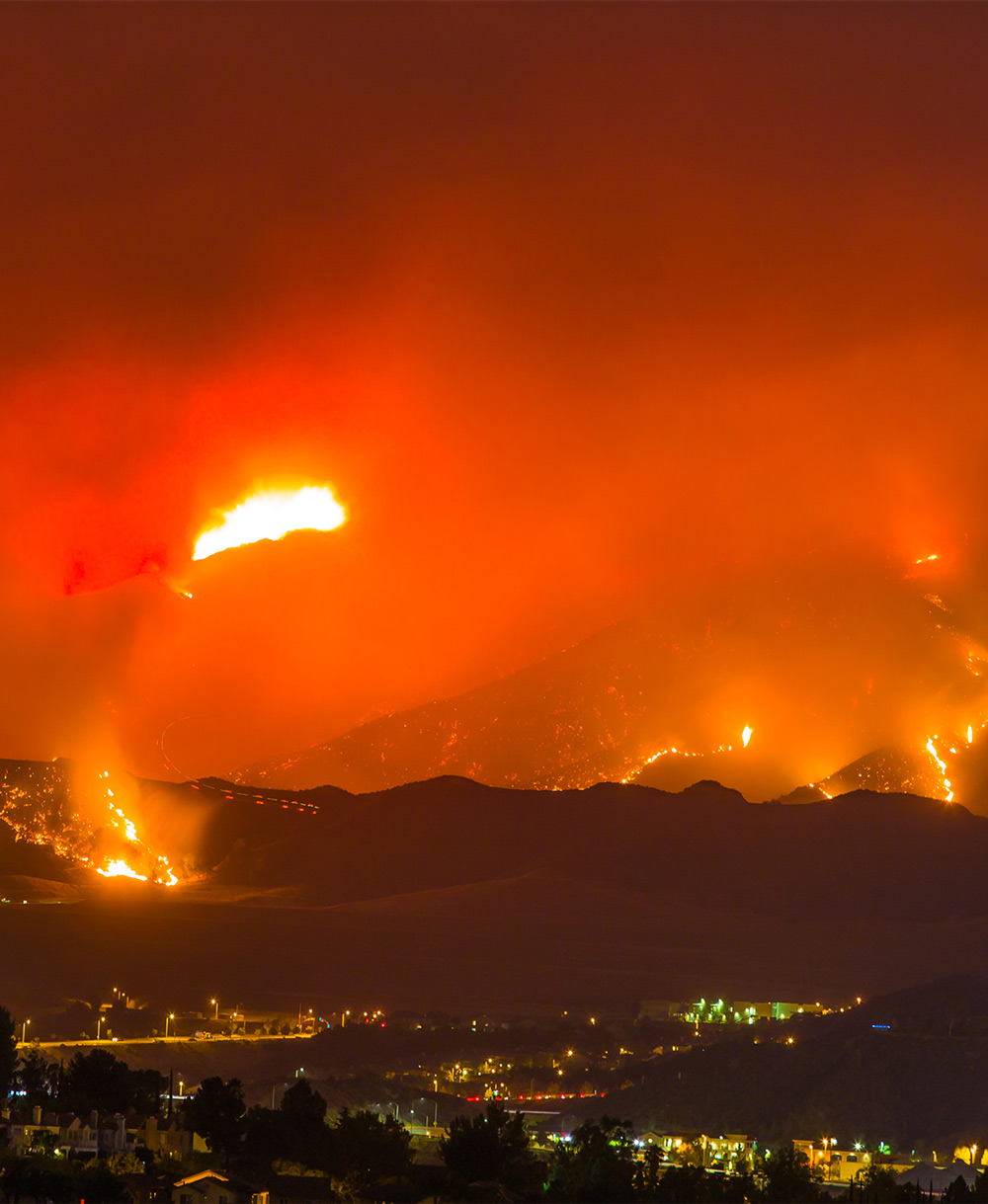
Klose’s job as school board president quickly became a full-time position for the next two weeks. She worked closely with Kitamura on critical decisions and attended fire, sheriff and Pacific Gas & Electric briefings. Klose provided district updates for local media, responded to constituent concerns, wrote letters to potential landlords for displaced district employees and drafted communications for students. She also held meetings with other trustees to pass emergency resolutions and discuss the disaster response. In between, she oversaw a laptop drive to provide computers for staff who lost their homes, and a free voucher program sponsored by local laundromats.
Kitamura also directed a wide-ranging response to the disaster, coordinating constantly shifting demands, from organizing shelters to soliciting donations of food and gift cards from community partners, to mobilizing health resources for traumatized students and families, to social media updates.
Soon after the wine country fires in Napa, Mendocino and Sonoma counties, Southern California had natural disasters of its own. The Thomas Fire — the largest wildfire in modern California history — began on Dec. 4 in Ventura County and spread quickly with the help of strong Santa Ana winds.
In both Southern and Northern California, these wildfires caused widespread school closures and cancellation of sports and other outdoor activities due to air quality health concerns. An EdSource analysis determined that some 570 schools in Northern California, from Butte County to the coast, closed at some point due to the October fires. More than 256,000 students missed school.
“the deadly and devastating natural disasters reinforced a lesson we already know: our schools are the heart of our community and perhaps the most important anchor in the lives of the families we serve.”
– Laura Capps, Board Member, Santa Barbara Unified School District
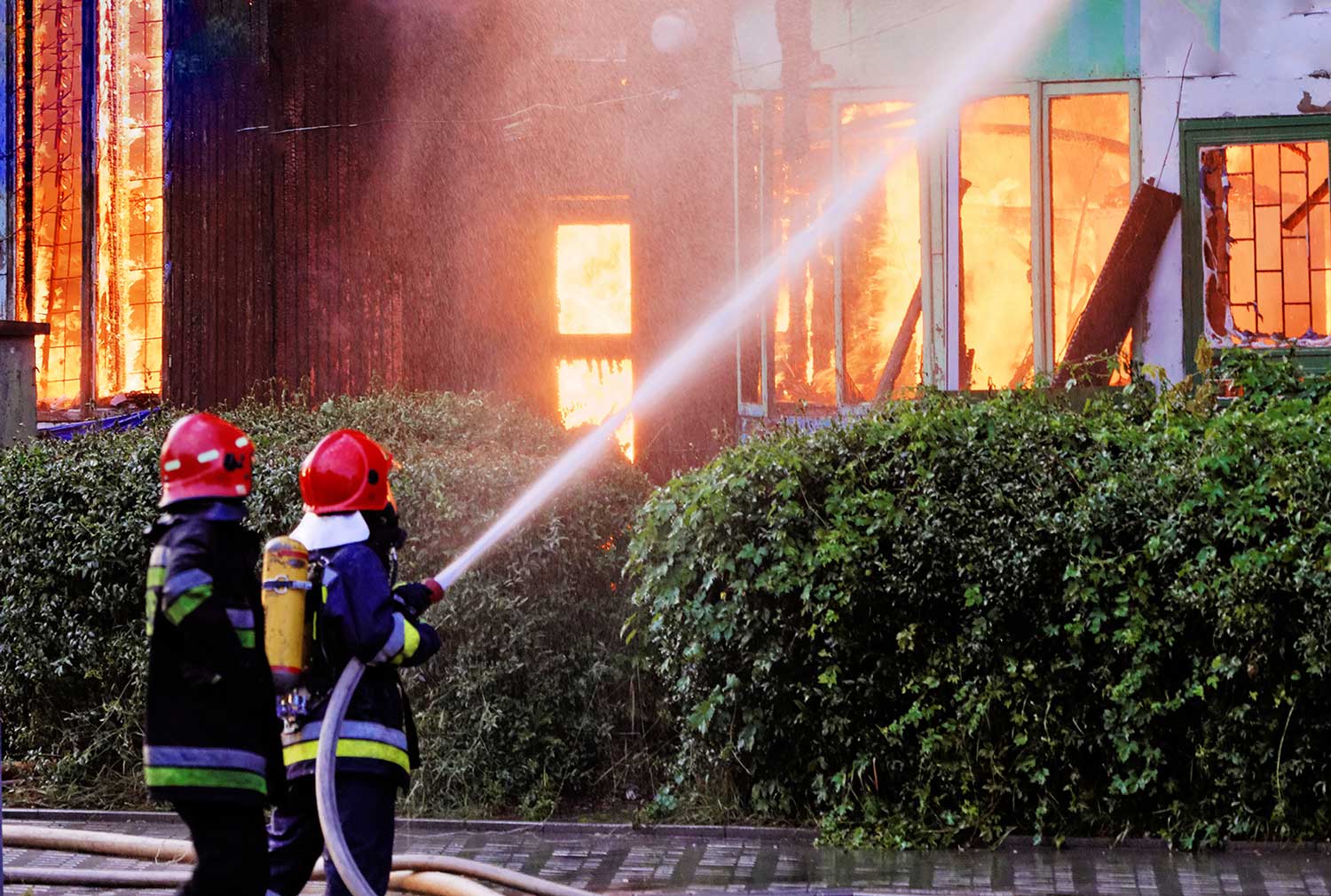
In Southern California, the December fires and later related mudslides closed schools in districts stretching from the Los Angeles Unified School District to Santa Barbara County.
As schools and communities continue to recover from these twin disasters, California Schools looks at the impact of these natural disasters, and how school leaders can best respond.
Klose’s job as school board president quickly became a full-time position for the next two weeks. She worked closely with Kitamura on critical decisions and attended fire, sheriff and Pacific Gas & Electric briefings. Klose provided district updates for local media, responded to constituent concerns, wrote letters to potential landlords for displaced district employees and drafted communications for students.
“The fiscal impact has been huge and we are still waiting for insurance and FEMA reimbursement,” Santa Rosa Superintendent Kitamura said, adding that reopening Santa Rosa schools required a costly cleanup of more than two million square feet of campuses and the replacement of more than 3,000 air filters. The district lost one satellite elementary campus and the district farm, both of which burned to the ground.
Compounding these costs, Santa Rosa City Schools and other impacted districts face loss of funding from attendance-based revenue under the Local Control Funding Formula. In Santa Rosa, for instance, roughly 300 students are still homeless from the wildfires, and while they are still enrolled — many staying with relatives and friends — their future enrollment is uncertain. In Sonoma County, staff are surveying shelters and communicating with families through email and social media to better understand which students are likely to return to their original campus. The federal McKinney-Vento Act allows homeless students to stay in their original school regardless of address and requires districts to provide transportation to school for displaced students.
“Our enrollment is down about 2 percent,” Klose said. “A little more than a third of the students who lost their homes have not returned.” Two board members also lost their homes.
In Santa Barbara County, schools were shuttered for three weeks due to the wildfires, poor air quality and winter break — the longest school year closure since a flu pandemic 100 years ago.
“We were fortunate that none of our schools were damaged or destroyed by the fire, and that there was not a widespread loss of residential homes in Santa Barbara due to the fire that would physically impact families,” said Jacqueline Reid, Santa Barbara Unified School District board president. While the limited property damage did help curtail the number of students displaced, the extended school closures as a result of dangerous air quality conditions combined with power outages, road closures and evacuations led to a loss of learning time in the classroom. To support students and teachers with the loss of the required 180 instructional days, the board requested, and was granted, a waiver from the California Department of Education — its fourth request for a natural disaster waiver in the past 15 years.
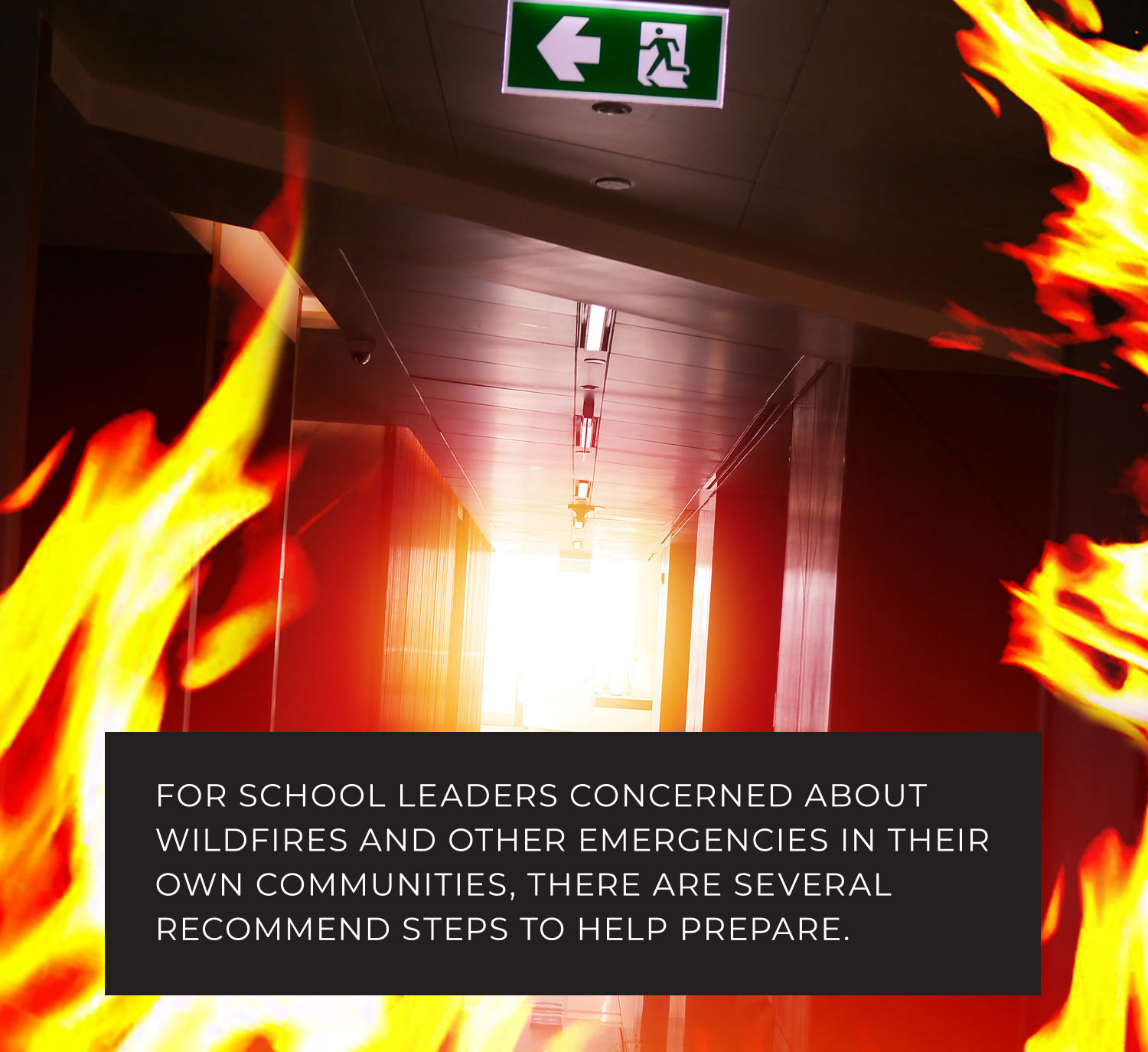

- Stockpile food, water, batteries, extra phone batteries and generators to maintain operations for three days without outside assistance.
- Prepare an emergency readiness plan.
- Conduct disaster preparedness drills.
- Determine what kinds of informal expertise might exist at your school or in your district. For example, are there parents with special skills that could be useful in an emergency?
- Develop a communications plan to keep staff and students informed.
- Ensure communications and updates are available in languages commonly spoken by district students and families.
- Have a landline.
- Be prepared to offer refuge to nonstudents and serve as a community shelter.
- Prepare for donations.
- Plan for transportation, especially for students and staff with disabilities.
- Help find care and activities for children when schools are closed.
- Record planning and costs before and after an emergency to help with getting reimbursements or payment for supplies and damages.
Existing state law also allows local educational agencies to waive loss of attendance-based funding because of a wildfire or other natural disaster. But that waiver only applies to the next academic year, with impacted schools allowed to use the same attendance figures from one year to the next year only.
With this in mind, the California School Boards Association is sponsoring legislation with Assemblymember Jim Wood (D-Healdsburg) to extend that window to three years for LEAs affected by the October and December fires. Under the three-year time frame — which is based on the amount of time it took Lake County school attendance to stabilize after recent fires — the idea is to give schools and communities more time for recovery.
the California School Boards Association is sponsoring legislation with Assemblymember Jim Wood (D-Healdsburg) to extend that window to three years for LEAs affected by the October and December fires.
“This three-year window would give more of a cushion to rebuild schools and housing stock,” Teri Burns, CSBA legislative advocate, said. “Experience has shown that loss of students and related funding at a school can cause enrollment to keep dropping and keep people from moving back to a devastated neighborhood. This legislation aims to change that cycle. Keeping funding constant will help the district recover and protect the programs that encourage families to rebuild and move back.”
For facilities support, CDE’s Facilities and Transportation Services division helps LEAs in need of portable classrooms, but assistance for restoration and cleanup is obtained through the Federal Emergency Management Agency. At the end of January, Gov. Jerry Brown joined governors from other states recently hit by natural disasters in asking FEMA to accelerate the release of funds.
In February of this year, Congress proposed spending $2.7 billion to aid school systems hard hit by the 2017 hurricanes and wildfires. That money could be spent on textbooks, classroom equipment and resources for displaced students. The U.S. Department of Education would oversee dispersing the money on a per-student basis in affected schools.
Beyond finances, the fires also continue to take a toll on the health of students and staff.
“Even now, the smell of smoke or the sound of fire alarms can be traumatic for students,” Kitamura said. “When schools reopened, we intensified counseling at schools for students, staff and families. Fifteen area school districts and agencies sent counselors, providing 120 psychologists and therapists, and we are continuing to provide support services.”
Reid added that Santa Barbara’s back-to-back disasters of the wildfire and deadly January mudslides remain the district’s greatest ongoing challenge that threaten the economic and emotional health of families and schools, as well as their sense of security. “We have activated compassion centers, staffed by trained trauma response counselors on multiple school campuses for families and employees who faced grief and needed to make sense of the natural disasters,” she said. “These back-to-back natural disasters created significant emotional and physical exhaustion for district leadership as well — our board is mindful of the ongoing support needed for our school community and for our leaders.”
The CDE has also received federal School Emergency Response to Violence grants for the October fires and applied for grants for the December fires and January mudslides. Known as Project SERV, these grants fund crisis counseling services, as well as overtime for school staff, law enforcement, student transportation and substitute teachers. The grants can also be used for some reconstruction costs.
“The fires came with a multitude of challenges, and there was not A SET playbook given the circumstances. It’s good to have emergency plans, but every crisis is unique and building strong relationships in advance is one of the most important things, especially with city officials, law enforcement officials and other community-based organizations.”
– Diann Kitamura, Superintendent, Santa Rosa City Schools
While the smoke has cleared for school leaders across the state, there are ongoing concerns. Experts consider the 2017 wildfires the new normal as the fire season has moved from roughly two months a year to a year-round phenomenon. At the same time, cycles of drought, heavy rain and other extreme weather patterns due to a warming climate create conditions for such fires. This is in addition to other natural disasters common to California including earthquakes, flooding and even tsunamis along the northern coast.
The state currently mandates that LEAs submit annual emergency preparedness plans to help plan for crisis and recovery. After the recent events, school leaders also have their own takeaways from the disasters.
“The fires came with a multitude of challenges, and there was not a set playbook given the circumstances,” Kitamura said. “It’s good to have emergency plans, but every crisis is unique and building strong relationships in advance is one of the most important things, especially with city officials law enforcement officials, and other community-based organizations.”
“We have activated compassion centers, staffed by trained trauma response counselors on multiple school campuses for families and employees who faced grief and needed to make sense of the natural disasters. These back-to-back natural disasters created significant emotional and physical exhaustion for district leadership as well — our Board is mindful of the ongoing support needed for our school community and for our leaders.
– Jacqueline Reid, Board President, Santa Barbara Unified SchoolDistrict
This network enabled law enforcement authorities to reach out to Kitamura right away for information on the school shelters and also to pass along information on areas being evacuated. The school district then provided daily updates on their website and through robocalls and emails to students and staff.
“The superintendent and I agreed early on that more communication was better even if it restated the same status or restated uncertainty about opening times,” Klose said, stressing the importance of good relations on the board and with the district to ensure smooth dialogue.
She also encourages school boards to develop their own emergency plans in addition to the school district plan, assigning responsibilities and phone contacts in advance. At its meetings after the fire, the board also had free food available for members of the community and made the first agenda item a public comment period for people to share how they had been affected.
Kitamura also stressed the importance of approving emergency-related resolutions before an emergency occurs. The Santa Rosa City Schools Board of Trustees passed two resolutions once the initial danger had passed. One gives the superintendent power to act without board approval in an emergency situation, and the other gives the board president authority to act unilaterally on behalf of the board in an emergency situation without its explicit approval.
Santa Barbara USD Board Trustee Laura Capps also emphasized the need for clear communication from the district. “Reopening schools as expeditiously as possible and offering accommodations to our neighboring schools was essential to restore the healthy routine of learning that our students need,” she said. “Ongoing communication and updates as to the status of the fires, debris flow and school closures was critical as it provided transparency to the process for the parents and students in our district … the deadly and devastating natural disasters reinforced a lesson we already know: our schools are the heart of our community and perhaps the most important anchor in the lives of the families we serve.”
Hugh Biggar is a staff writer for California Schools.